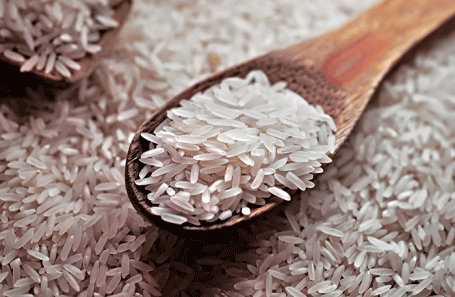In recent months, Japan has faced an unprecedented rice shortage, marking the most significant supply deficit in over 20 years. Supermarkets across the country have been forced to limit rice purchases to one bag per customer, as stocks dwindled to just over 1.5 million tons — the lowest in two decades. Several factors have contributed to this shortage, which is having a ripple effect on both the agricultural sector and consumers.
Key Factors Behind the Shortage
- Natural Disasters and Climate Issues
One of the primary reasons for the rice shortage has been adverse weather conditions. Droughts across various regions in Japan have reduced water availability for rice paddies, leading to lower yields. Rice, being highly water-dependent, suffered as drought conditions intensified during critical growing periods in 2024.
Moreover, typhoons, which are a common threat during Japan’s summer months, have exacerbated the situation. Many Japanese stocked up on rice in anticipation of the typhoon season, leading to a surge in demand and further depleting the already low reserves.
- Aging Farmer Population
Japan’s agricultural sector has long been facing the challenge of an aging farmer population. A large number of rice farmers are retiring, and there is limited interest from younger generations in taking over rice cultivation. This shift is leading to a decline in overall rice production capacity, as fewer farmers are available to manage rice paddies.
According to reports, fewer young people are entering the agricultural industry, opting instead for urban careers. This generational gap is contributing to a long-term production decline, which, if not addressed, could worsen rice shortages in the future.
- Tourism Surge and Rice Consumption
A key contributor to the recent rice shortage is Japan’s booming tourism industry. The weakened yen has attracted a record number of tourists to Japan, with nearly 18 million visitors in the first half of 2024 alone, surpassing pre-pandemic levels. Many tourists flock to Japan’s restaurants and street food vendors, where traditional dishes like sushi and onigiri — both heavily reliant on rice — are staples.
From July 2023 to June 2024, rice consumption by tourists more than doubled, jumping from 19,000 tons to 51,000 tons. While this spike in demand has benefited Japan’s hospitality sector, it has strained domestic rice supplies, further driving the current shortage.
Rising Rice Prices
As a result of these combined factors, the price of rice in Japan has surged. In August 2024, the cost of rice reached $112 per 60 kilograms, marking a 3% increase from July and a 5% rise since the beginning of the year. The scarcity of rice has led to higher costs for consumers and restaurants alike, with experts predicting that prices will continue to climb if supply challenges persist.
Implications for Farmers and Agriculture
For Japan’s agricultural sector, the current rice shortage presents both challenges and opportunities. While farmers are seeing higher prices for their crops, many are also facing difficulties in maintaining consistent production levels due to environmental and labor constraints. Without significant intervention, such as government support for younger farmers or technological innovations to boost yields, Japan’s rice farming industry may struggle to meet future demand.
Moreover, as rice shortages become more frequent due to climate change and demographic shifts, Japan may need to explore alternative crops or import options to supplement domestic rice production. In the long run, efforts to modernize rice farming practices and introduce sustainable methods could help mitigate some of these challenges.
Japan’s largest rice shortage in decades is a multi-faceted issue driven by climate conditions, a shrinking farming workforce, and a booming tourism industry. While the shortage has highlighted vulnerabilities in Japan’s agricultural system, it also underscores the urgent need for investment in modern farming practices and the next generation of farmers. Addressing these issues will be crucial for ensuring Japan’s rice self-sufficiency and maintaining a stable rice supply for both domestic consumption and tourism.
Error




